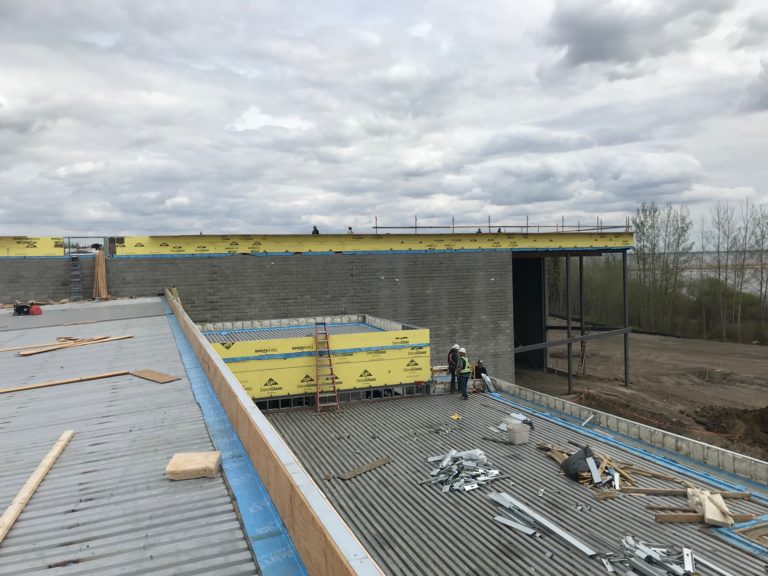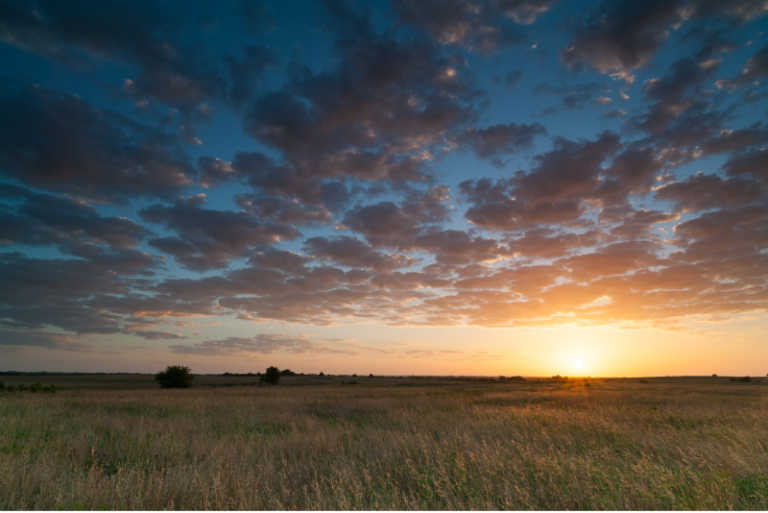“First Nations are not stakeholders on projects in their territory. They are rights holders.”
I recently came across an article by Broughton Law from 2015 entitled, “First Nations-Private Sector Partnerships – Tips for Success.” Much of the article resonated for today’s world and provided a great primer for my blog topic today. When two cultures begin negotiations, it is important for them to get to know each other, with particular attention to values and goals. As the article recommends, I always recommend starting with a memorandum of understanding to capture the key expectations of each party.
It’s important that both parties be treated fairly in the process. This is a key recommendation of the class I teach at the University of Alberta, which is part of their Indigenous Community- Industry Partnership citation. The First Nations all have unique protocol processes to follow and, not surprisingly, corporations also have their own protocols. As we have said repeatedly in this blog, First Nations need work. Work starts with training. Furthermore, there is an increasing understanding and desire to engage in contracting. One failing we have seen repeatedly occurs when parties do not maintain regular communications. The theory of the deal can only be successful if the parties execute through collaboration.
The relevant extension of the Broughton article for my purposes is the strategy of engaging partners in construction projects. We have seen First Nations partner with construction general contractors, trade contractors or brokers. They bid on a project either on or near their reserve. As a result, given the procurement process, there is likely a 5-10% chance they will win a contract in terms of price and other factors measured in the bidding process. This is a good strategy and can produce substantial contract work for both the Indigenous community and their construction partners. Hopefully, the partnership can convince the project proponent to sole source the work given the complete package brought forward by the partnership. When there is a need for social license to operate, the project proponent may choose to award construction and supply contracts on a negotiated basis to the Indigenous-industry partnership.
Another successful strategy we use is the inclusion of Band labour, supplier, and contracting capacity in all bids. Although likely lower in rewards commercially, there’s a much higher probability of meeting the goals of workforce participation.
Several years ago, I was asked to advise several First Nations regarding their business opportunities on liquefied natural gas (LNG) projects in British Columbia. There were several partnership approaches to engage First Nations in the building of these large multibillion dollar facilities. A strategy used by one of the owners was to encourage the project contractors to partner with a First Nation. This created some push back from contractors who could not find a partner in time, and they felt their bid would be weaker as a result. Ultimately, the project proponent clarified the lack of partnership would not hurt their bid. Naturally, those with partners were disappointed in that response because, occasionally, a partner can add to the cost. In another circumstance, the First Nation partnered with seventeen contractors in pursuit of LNG contracts. After the seventeenth celebration, some of which involved the media and a community feast, the Chief called us for help; “Can you come and help us sort out the deals that we’ve signed?” The rush to partner and the lack of follow-up had created some confusion as to the path forward.
First Nations know that they are not stakeholders on these projects, they are rights holders. As such, it should be assumed they are on every team. Further to this, every piece of work they can do should be theirs to do. Only after that point should capacity be sought beyond the borders of the First Nation. That is our approach to reconciliation. We call it WorkFirst. As partnerships go, perhaps it’s not the most glamorous or deserving of press conferences and feasts, but it works.
So here are some questions for you; Are partnerships good enough, really? Are we truly treating Indigenous communities as rights holders? What are some of the barriers you’ve observed along the way? We would love to compare notes on this important issue.
Stay safe, everyone, and we will see you next week!
~ Gary and the staff at Bosgoed Projects




